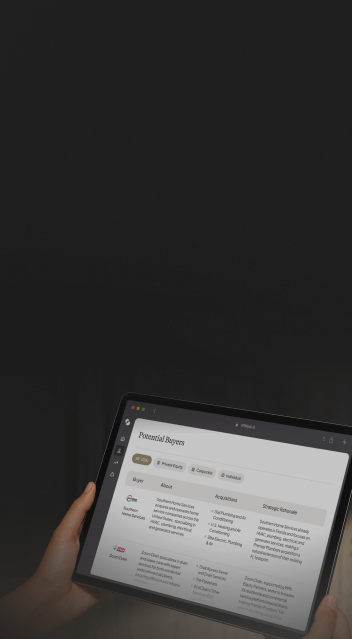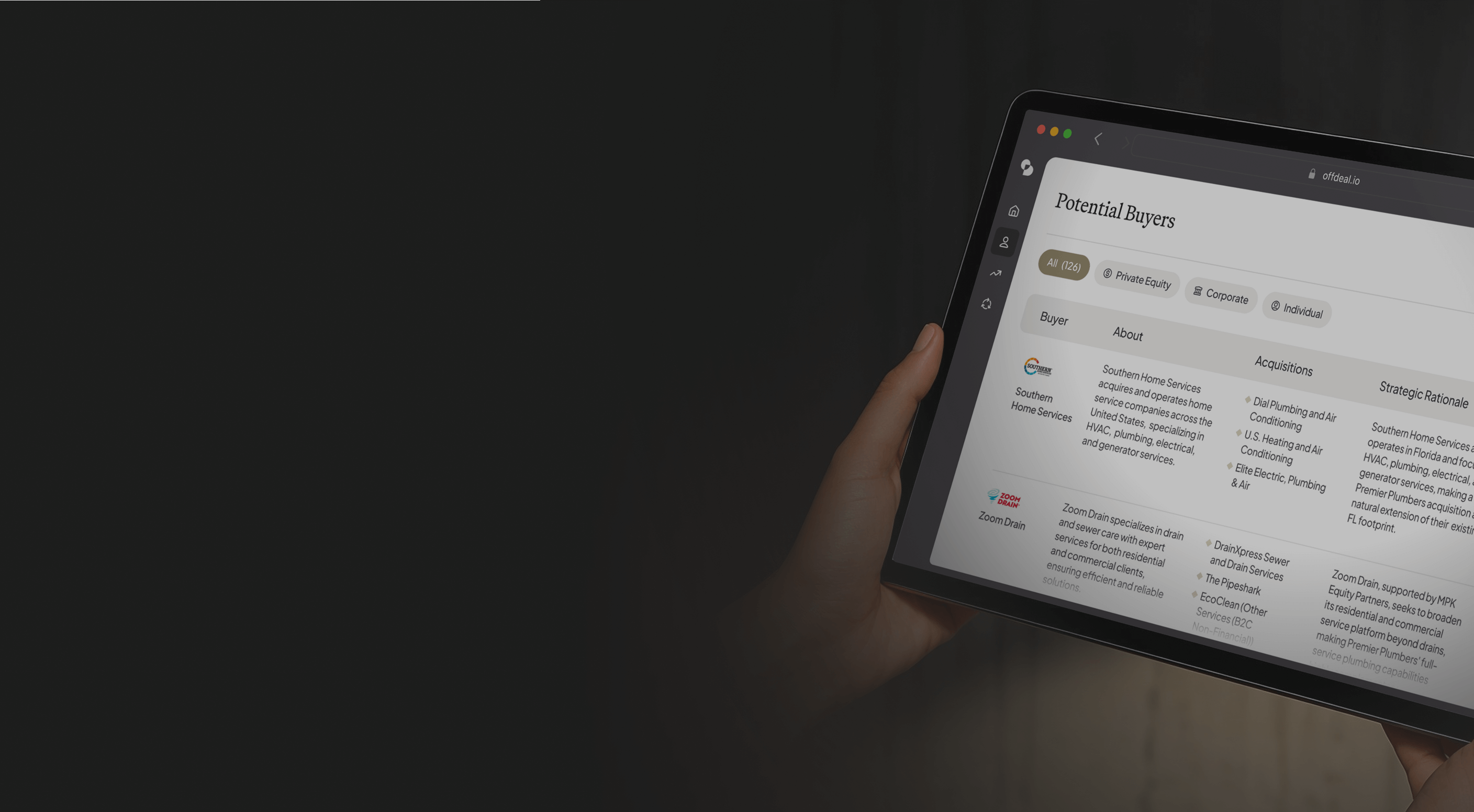Article
April 8, 2025
How Trump’s 2025 Tariffs Impact HVAC Businesses
Tariffs are changing the HVAC landscape—here’s how business owners can prepare and adapt

Table of Contents
Running an HVAC business is challenging. You face busy seasons, struggle to find skilled technicians, and deal with complicated jobs. Now, there's a new issue: the U.S. government introduced new import tariffs starting in April 2025, created during the Trump administration. These tariffs affect many imported products, including those used in HVAC, which could make equipment and parts more expensive, cutting into your profits and possibly hurting your business overall.
If you own an HVAC business, it's important to understand these tariffs and prepare for their impact. Ignoring them could lead to unexpected cost increases, project delays, and difficulties competing with other companies.
This guide covers:
How the "Reciprocal Tariff Policy" works for HVAC.
Likely effects on specific HVAC parts and materials, including important exemptions.
Why HVAC businesses are especially vulnerable.
Potential effects on costs, prices, cash flow, and business value.
Actionable steps HVAC owners can take to reduce risks.
Understanding the "Reciprocal Tariff Policy"
This policy adds extra charges (tariffs) to many imported goods, directly impacting your HVAC business.
How the Tariffs Work
Baseline Tariff (April 5): A 10% extra tax on most imports, unless there's an exemption or a higher specific rate.
Country-Specific Tariffs (April 9): Higher tariffs replaced the 10% rate for certain countries:
China: 34%
Vietnam: 46%
European Union: 20%
South Korea: 25%
Japan: 24%
Taiwan: 32%
India: 26%
These tariffs usually add to existing duties.
Important Exemptions for HVAC
Some imports are exempt from these new tariffs, which helps HVAC businesses:
Steel and Aluminum: Existing tariffs remain separate but still affect prices for ductwork and casings.
Copper Products: Many copper materials, like tubes and coils, are exempt, potentially giving HVAC businesses a cost advantage.
Canada and Mexico (USMCA): Products meeting USMCA rules remain mostly duty-free.
Certain Electronics: Basic semiconductors are exempt, which helps keep costs steady for simpler parts.
U.S. Content Rule: If a product has 20% or more U.S. parts or labor, tariffs apply only to the imported portion.
Low-Value Shipments: Imports under $800 remain initially tariff-free.
Why HVAC Businesses Are Especially Vulnerable
HVAC relies heavily on imported parts from around the world, making it sensitive to these tariff increases. Common HVAC components affected include compressors, motors, control boards, and finished units, mainly imported from Asia, Mexico, and Europe.
The HVAC supply chain is complicated. Most contractors buy from local distributors, who purchase from larger suppliers or manufacturers that source globally. Tariffs at the import stage cause price increases throughout the entire supply chain, making parts and equipment more expensive.
Additionally, the HVAC market is very price-sensitive, particularly when bidding for residential replacements or new construction jobs. If costs rise unexpectedly due to tariffs, your profits shrink, or you risk losing customers by increasing your prices.
Potential Impacts on HVAC Businesses
Higher Costs: Equipment, components, and inventory prices increase.
Supply Chain Issues: Delays, shortages, and switching brands may disrupt projects.
Pricing Challenges: Deciding whether to pass costs to customers or absorb them, possibly losing competitive bids.
Financial Pressures: Reduced profit margins, strained cash flow, and potentially lower business value due to increased risks.
Steps HVAC Owners Can Take
Assess Your Exposure: Identify how many of your parts come from high-tariff countries and calculate possible cost increases.
Engage Suppliers: Talk to your suppliers about tariff impacts and alternatives.
Adjust Pricing and Contracts: Update your pricing immediately, shorten quote validity periods, and include clauses for price changes.
Manage Operations and Cash Flow: Improve efficiency, manage inventory carefully, and promote regular maintenance contracts.
Stay Informed: Regularly check updates from official sources and industry associations. Seek professional financial advice.
Looking Ahead
Long-term tariffs might cause shifts in where HVAC products are manufactured, moving toward the U.S., Mexico, or Canada. Businesses that stay flexible, manage finances wisely, and keep informed will handle these changes better and stay competitive.

Preview Buyers for Free
Try our buyer match tool to receive a personalized list of active buyers in your industry

